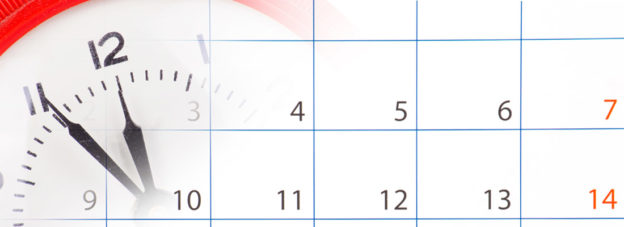In Wascher v. ABC Ins. Co., No. 2020AP1961, 2022 Wisc. App. LEXIS 110 (Feb. 9, 2022), the Court of Appeals of Wisconsin considered whether the plaintiffs were barred — by Wisconsin’s 10-year statute of repose for improvements to real property claims and the six-year statute of limitations for breach of contract claims — from bringing a lawsuit against the original builders of their home. The plaintiffs alleged negligence and breach of contract against the masonry subcontractors, asserting that they improperly installed the exterior stone cladding. The court found that the plaintiffs’ claims against the original builders were time-barred.
In 2005, the plaintiffs, Thomas and Pamela Wascher (the Waschers) retained Mathwig Builders (Mathwig) as the general contractor for the construction of their home in Greenville, Wisconsin. Mathwig subcontracted defendants Natural Surfaces, LLC (Natural Surfaces) and Carved Stone Creations (CSC) to install the stone cladding on the exterior walls and patio for the home. On November 3, 2008, the Township of Greenville inspected the home and granted the Waschers permission to occupy the residence. The Waschers moved into the home within the next few weeks. In early 2009, the Waschers discovered efflorescence on the stone cladding for the patio. In 2010, the Waschers hired CSC to repair the stone cladding. CSC removed some stone, which revealed that flashing had not been installed behind the stone, which caused water to infiltrate the stone and patio.
In 2012, the Waschers discovered stone falling off the exterior walls. That same year they hired CSC to perform repairs. While CSC claims that it completed the repairs in 2012, the Waschers alleged that CSC continued its repair work on the stone through 2017.
In August 2018, the Waschers sent Mathwig, CSC and Natural Surfaces notices of their claims related to the defective stonework on the home. The Waschers then initiated the subject lawsuit on November 20, 2018. The Waschers’ claims alleged negligence and breach of contract against each defendant and sought damages as well as an injunction ordering defendants to perform remedial work on the home.
The defendants moved to dismiss the complaint arguing, among other things, that the negligence claims were barred by the economic loss doctrine, and that all claims were barred by the statute of repose for improvements to real property and the six-year statute of limitations for breach of contract. The trial court dismissed the negligence claims based on the economic loss doctrine. However, the court denied the motion with respect to the statute of limitations and repose, finding that the Waschers adequately alleged equitable estoppel as a defense.
After discovery, the defendants filed a motion for summary judgment, at which time the court granted summary judgment on all claims related to the original construction.* The court did not find evidence supporting equitable estoppel and, thus, dismissed the claims on grounds that the statute of limitations and repose had expired. The Waschers filed an appeal of the court’s decision.
The Waschers made several arguments in support of their position that the statute of limitations and repose did not bar their claims. With regard to the statute of repose, Wisconsin Stat. § 893.89 states that no action can be commenced against any person involved in the improvement to real property after the end of the “exposure period.” The statute defines the term “exposure period” as “the 10 years immediately following the date of substantial completion of the improvement to real property.” The term “substantial completion” is not defined by the statute.
The court held that the convenient and fair measure of substantial completion is the date that the municipality authorized occupancy. Since the occupancy permit was issued on November 3, 2008, and the complaint was filed on November 20, 2018, the court concluded that the statute of repose expired 17 days before the lawsuit was commenced. The court rejected the Waschers’ argument that substantial completion could not be reached because the defendants omitted the flashing when installing the stone cladding. The court explained that accepting this argument would require it to focus on the quality of the work rather than whether the property was sufficiently completed for occupancy.
The court relied on long-standing precedent for its conclusion that the Waschers’ breach of contract claims were barred by the six-year statute of limitations. Contrary to the Waschers’ position that the statute of limitations did not begin running until the defect was discovered, the court concluded that a “90-year line of precedent” established that a contract cause of action accrues at the moment the contract is breached, regardless of whether the injured party knew or should have known that the breach occurred. In other words, the court held that the discovery rule does not apply to breach of contract claims.
Wascher establishes that, in Wisconsin, the statute of repose for improvements to real property begins to run on the date the municipality issues the permit of occupancy. The Court of Appeals also reiterated the longstanding precedent that the statute of limitations for contract claims begins to run at the time of the breach, not when the plaintiff discovered the breach. Subrogation professionals handling construction defect claims in Wisconsin should be mindful of the Wascher decision and immediately request the permit history for the property to determine when the certificate of occupancy was issued, and the period of time that remains before the statute of repose runs.
[*] The Waschers’ claims also related to subsequent construction, but those claims are not addressed herein.

